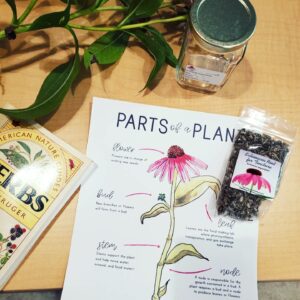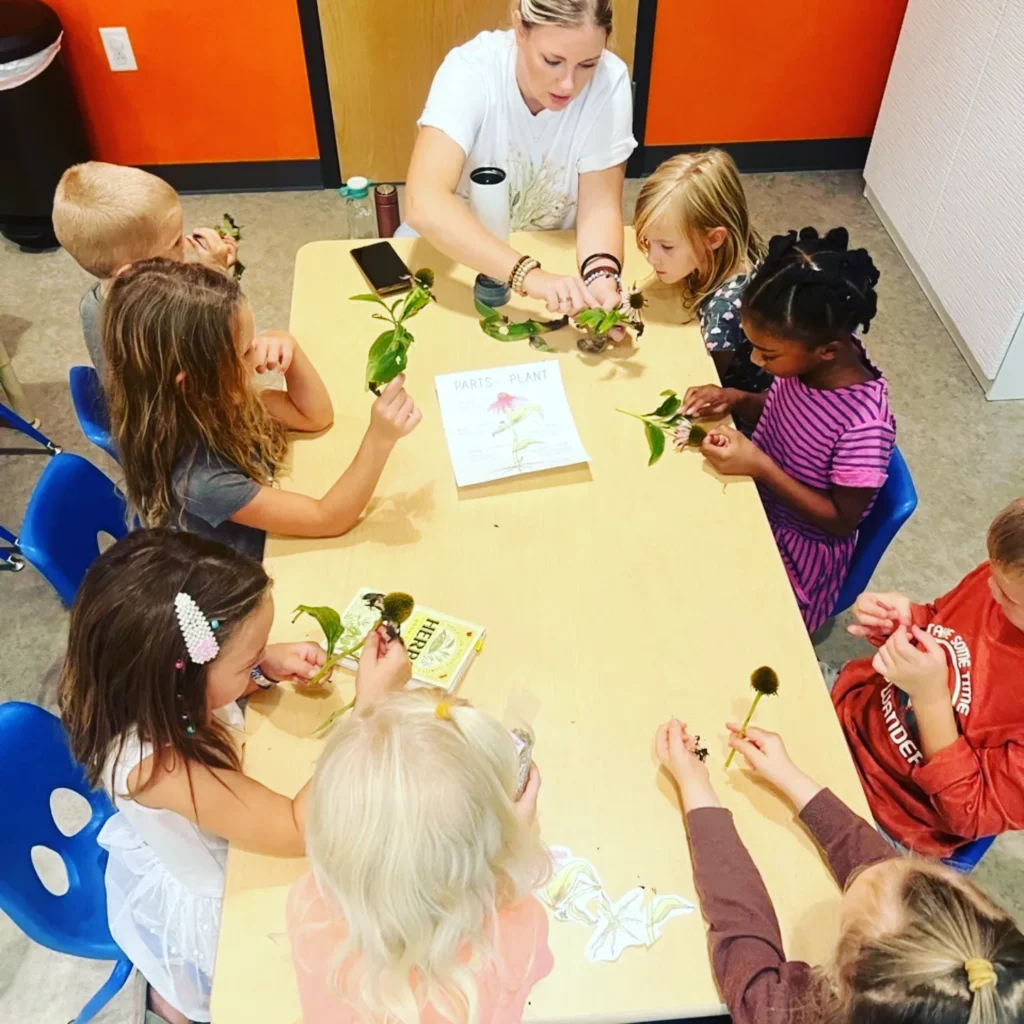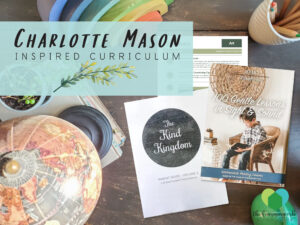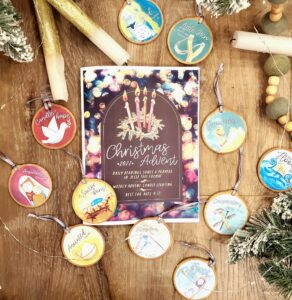
Breaking Down an Object Lesson
Discover a few key distinctions to a Charlotte Mason nature study

This year I get to teach the 5-6 year olds weekly at our homeschool co-op and the goal is to prep them for their future Charlotte Mason journey of observation, the science of relations, and attentiveness. My most favored topic for practicing all three of those aspects is a nature study. We all can gather our own quick interpretation of what a nature study entails, but it took me longer than a year to fully grasp and understand the concept of how Charlotte Mason may have executed what she calls an “object lesson.” Today I’m sharing my own interpretation of an object lesson.
Each month I’m bringing inside a plant that’s currently in bloom out of doors so today I brought purple echinacea or a coneflower. I also intentionally choose edible or foragable plants for our studies because our families specifically lean towards holistic healthcare and it’s a chance to teach the healing properties at the same time. I’ll take a moment to say that most nature studies occur outside, but this is specifically a class room setting and there’s never a problem of bringing a bit of nature in for observation if that’s what is required.
Here are my quick tips for executing an object lesson the Charlotte Mason way:
🌿 Introduce the subject but do not give them any info initially, not even the name. Always start by asking the kids to start observing and wondering, allowing them to first share what they do know (or observe) and build up from that
🌿 Instead of a lecture (which Mason equates to stuffing them with dry facts) help them affirm the facts they got right by having a resourceful field guide nearby and assist them in finding answers to things they might wonder
🌿 If (and only if) discussion needs extra facilitation should the teacher provide some prompting questions. The Handbook of Nature Study offers plentiful of such prompts. But in my experience, even the younger students who’ve been trained in the Charlotte Mason ways rarely need it because they’re so used to searching and hunting for their own conclusions
Here’s what our co-op class lesson looked like:
🌿 Scaffolding of our habit training through a reminder that we’ve been practicing observing and being attentive and can now practice that during our nature lesson
🌿 Teamwork while putting a puzzle together featuring today’s plant so they could guess the lesson (Bonus: the 4 year old in the room new the name of the plant!)
🌿 Next, I handed out a real live plant and asked them to discuss with one another what they saw or wondered
🌿 Observations were shared and confirmed by quick review with Parts of a Plant Poster (see below to get your own copy)
🌿 Echinacea tea samples were handed out while I read one paragraph of medicinal properties
🌿 Next we created an echinacea tincture together while reiterating which plant parts we’re using
🌿 We concluded with narration prompt of asking what’s one new thing they learned
This group of youngsters seemed to love every bit of it. Next time you’re tempted to prep a presentation for your next nature lesson, or find your mouth opening to give students more direction, fight the urge and stop. Instead, teach those littles how to find their own answers so you can kindle the fire of making their own revelations as they explore the world.
Featured resources:
🌿 Echinacea coneflower plant
🌿 Tincture supplies were part of a kit by Learning Herbs (unrelated to this website but a welcomed source)
🌿 Handbook of Nature Study by Anna Botsford Comstock
🌿 Healing herbs book (mine is vintage but here is another suggested one)
🌿 A Delectable Education podcast
🌿 Parts of a Plant poster–I painted this just for co-op use (I made an extra print and cut it up for our puzzle activity) and you can download a copy below!

Enjoy a free download featuring a watercolor flower by The Learning Erb

Discover a few key distinctions to a Charlotte Mason nature study

Here’s a list of a few curriculum providers to help you get started

See the quicklist cheat sheet for getting to know the Charlotte Mason method

Enjoy a Charlotte Mason Christmas with these simple Christmas guides